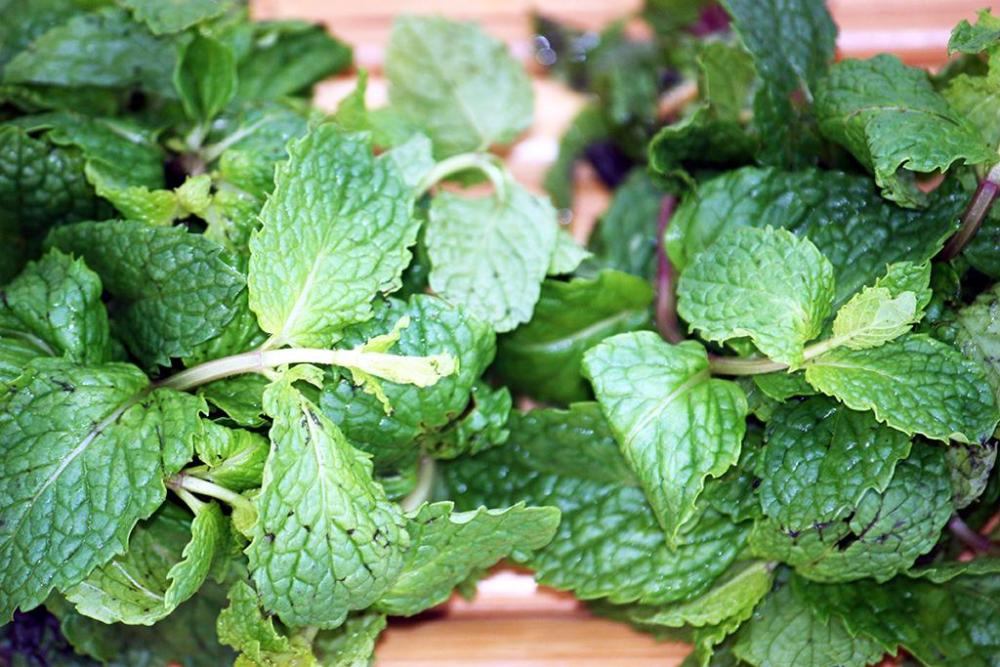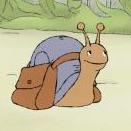4. Fresh Herbs
I thought I’d get this one out of the way. It won’t take long.
In most of China, the only fresh herb available in supermarkets or other food stores is coriander leaf / cilantro. Known in Chinese as 香菜 (xiāng cài, literally ‘fragrant vegetable’). It is used in thousands of dishes from stir-fries to hot pots to fried rice etc. I always have it in the kitchen.
Coriander / Cilantro
When I lived in Hunan in the 1990s, there was a woman on the street near my home with a large pan of boiling oil over an old, charcoal-fueled, oil can stove who dropped sprigs of the herb into the oil until it deep-fried to crisp perfection - in seconds. She then sprinkled it with salt and chilli flakes and served it wrapped in paper. It was heavenly. I never passed her without buying some. And it cost almost nothing.
Incidentally, Chinese cuisine extremely rarely uses coriander seed. I’ve never once seen it in any store or market, other than a market for farmers, selling the seeds for planting. It is not recommended to eat those seeds as they have been artificially treated with seed germination enhancers. Even online, all the seeds for human consumption are imported. The ones I use (in non-Chinese dishes) are from India.
One vendor in my market of choice here does occasionally have mint (薄荷 - bò he), although it is rarely used in dishes – more often in ‘teas’ or ‘herbal medicines’.
Mint
Parsley is even more rarely seen or used.
And that is about it. Some plants like garlic chives, sometimes considered herbs in the west are just considered to be vegetables here.





